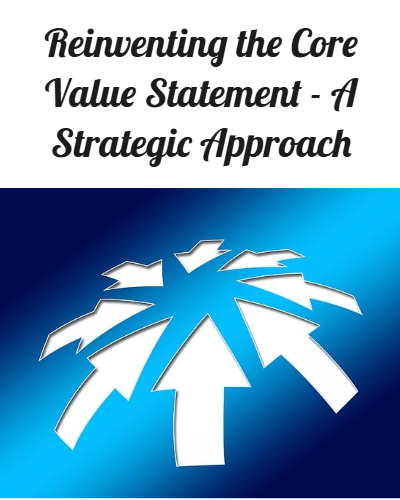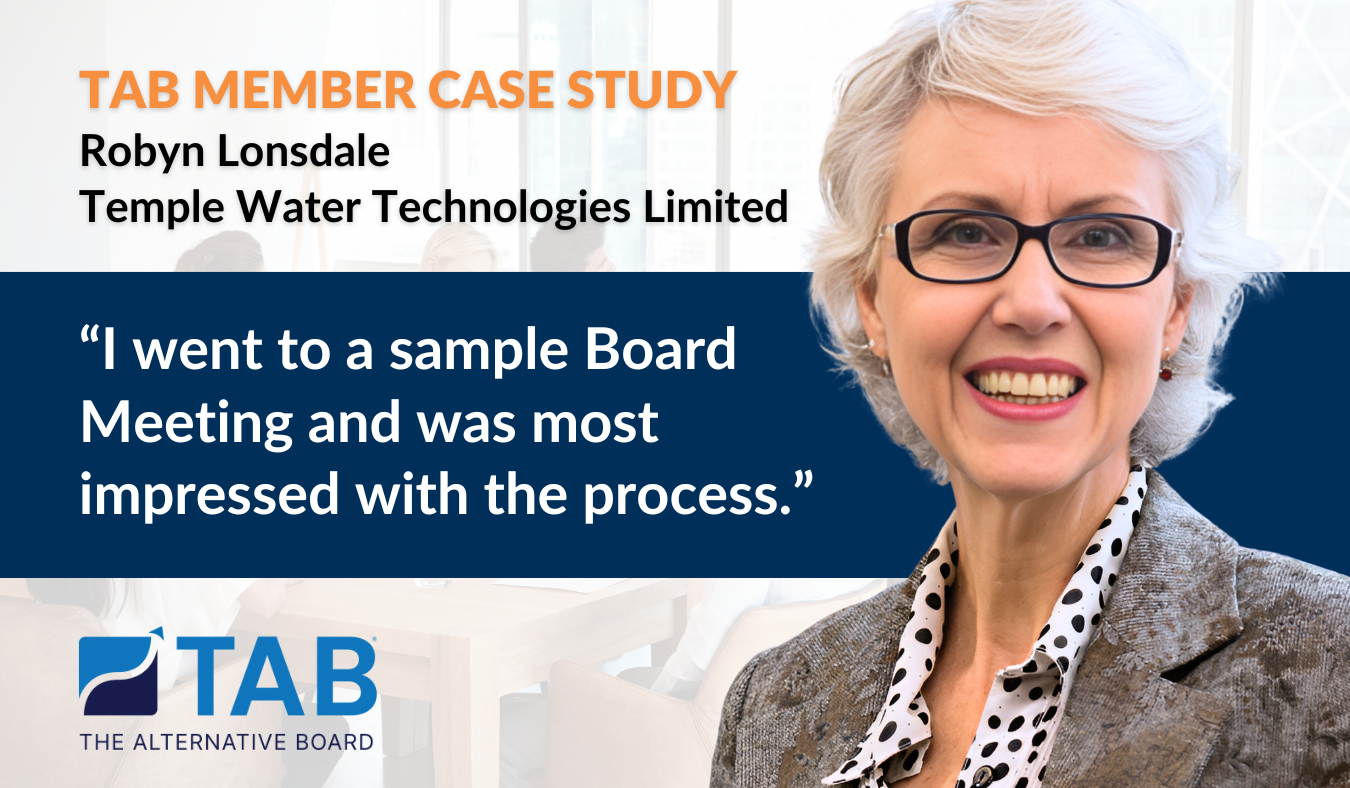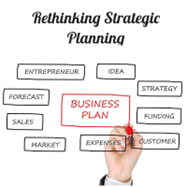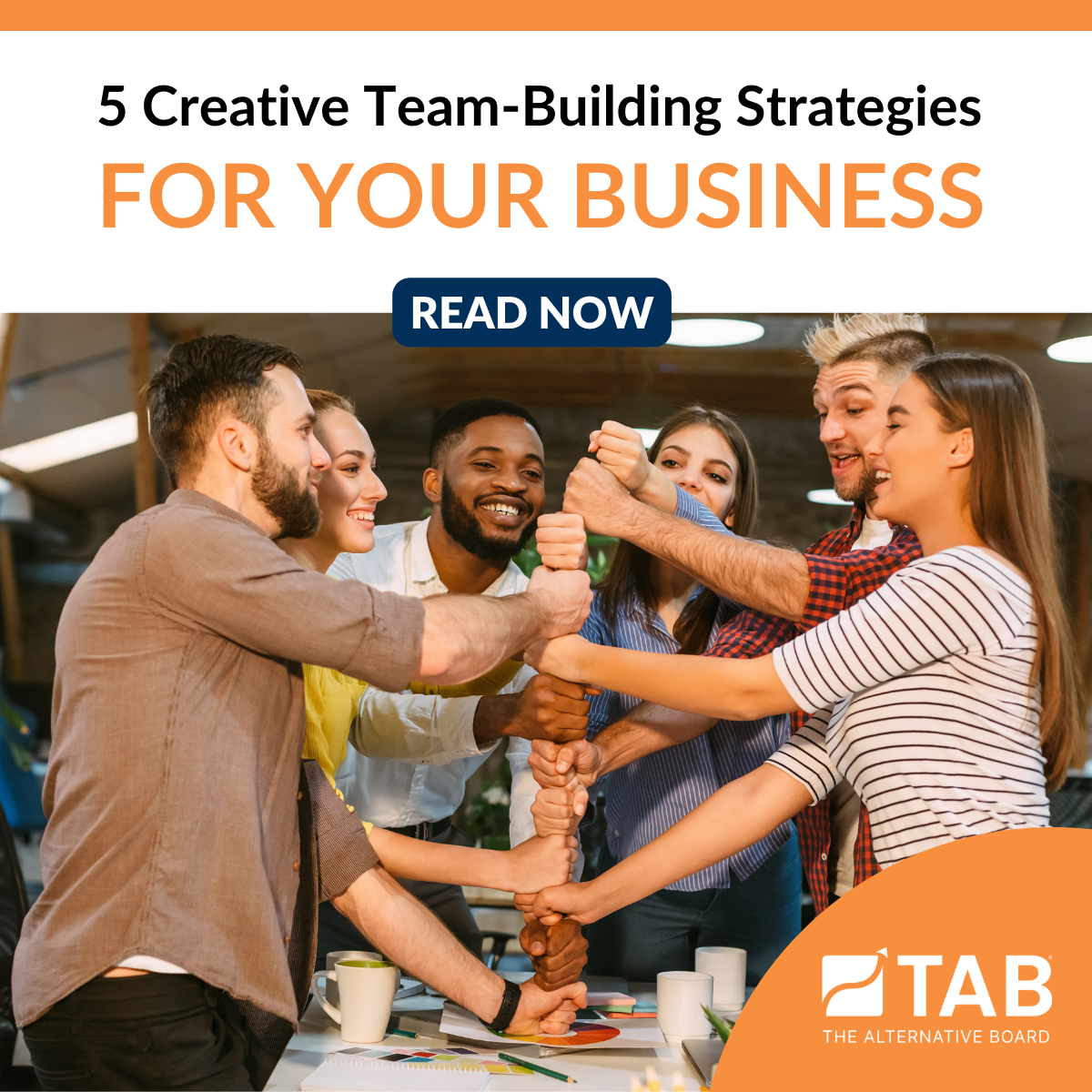In today’s dynamic business landscape, core value statements are more than just words on a wall; they are the guiding principles that define a company’s identity and direction. Yet, many organizations struggle to create value statements that are authentic, actionable, and resonant with their stakeholders. Reinventing the core value statement is not merely an exercise in rebranding but a strategic initiative to align organizational behavior and goals with its fundamental beliefs.
The Importance of Core Values
Core values serve as the foundation of an organization’s culture, influencing decision-making, shaping company policies, and driving employee behavior. According to the Harvard Business Review, a well-crafted core value statement can unify a team, attract and retain talent, and differentiate a company in a crowded marketplace (HBR, 2024).
Steps to Reinvent Your Core Value Statement
-
-
- Engage Stakeholders: Begin by involving a diverse group of stakeholders in the process, including employees at all levels, customers, and partners. This ensures that the values reflect the collective vision and needs of those who are integral to the organization’s success.
- Reflect on the Company’s History and Mission: Consider the company’s founding principles and mission. Reflecting on the history can help identify values that are intrinsic to the organization’s identity. Revisiting past successes and failures provides insights into the core principles that have guided the organization.
- Conduct a Values Audit: Perform an audit of existing values to assess their relevance and effectiveness. Determine which values resonate with employees and stakeholders, and which need refinement. This step may involve surveys, focus groups, and interviews.
- Define and Prioritize Values: Clearly define each value and prioritize them based on their importance to the organization’s vision and strategy. Ensure that each value is actionable and provides clear guidance on expected behaviors.
- Communicate and Integrate: Once the core values are established, communicate them effectively across the organization. Use multiple channels such as town halls, newsletters, and training sessions to ensure everyone understands and embraces the values. Integrate the values into everyday business practices, from hiring and performance reviews to decision-making and customer interactions.
-
Real-World Examples
Companies like Zappos and Patagonia have successfully leveraged their core value statements to build strong, value-driven cultures. Zappos’ emphasis on customer service is embedded in its core values, leading to a distinctive brand identity and loyal customer base. Patagonia’s commitment to environmental sustainability is not just a marketing slogan but a core value that influences every aspect of its operations.
Conclusion
Reinventing the core value statement is a vital step for organizations aiming to stay relevant and competitive in today’s fast-paced environment. By engaging stakeholders, reflecting on the company’s mission, conducting a values audit, defining clear and actionable values, and effectively communicating and integrating them, organizations can build a strong, unified culture that drives success.
We would love to hear your comments or questions. Contact us today!
Gary Brunson
gary@myclearfocus.com
Debra Rider
debra@myclearfocus.com
574.361.2674
Sustainable Growth & Profit Consultant, Coach, Mentor, and Counselor/Therapist for Business Owners and Professionals.











